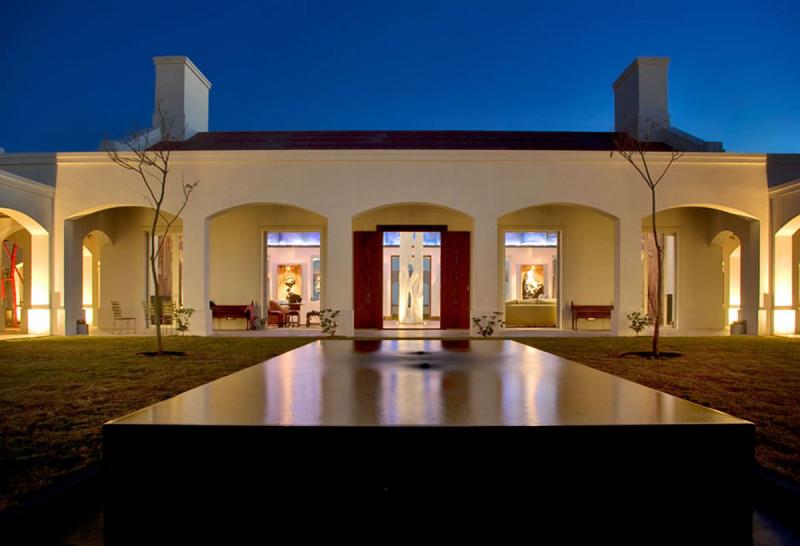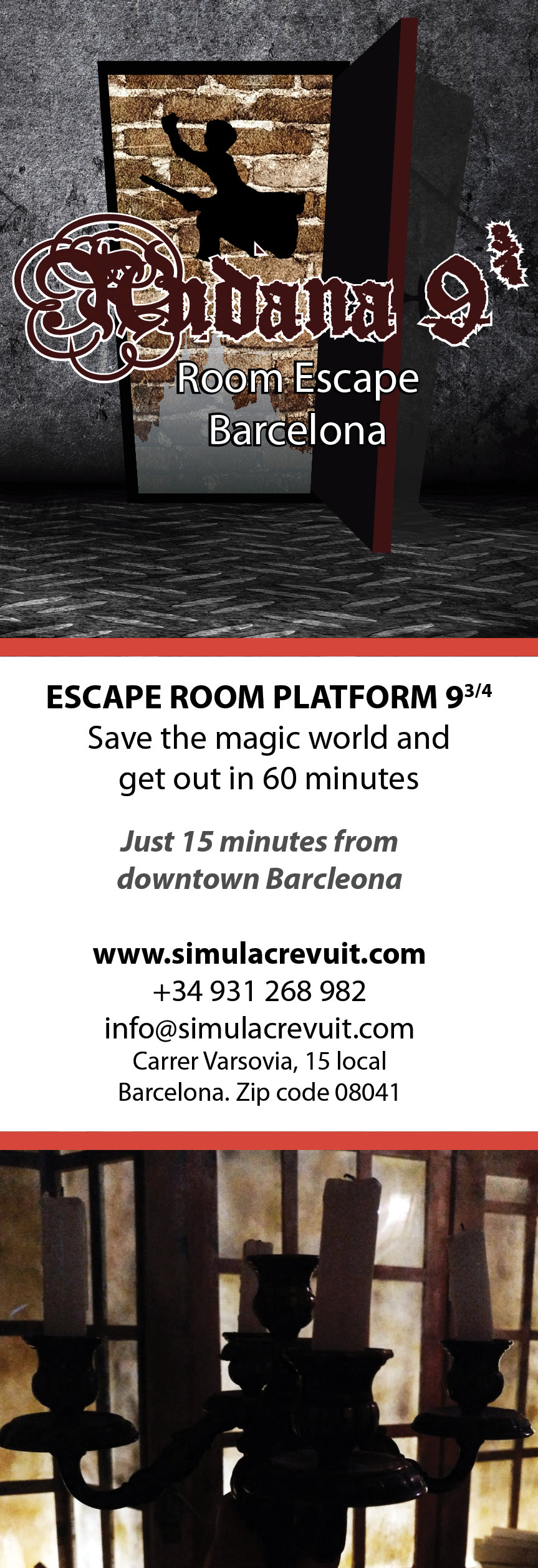
Art and Culture in Uruguay
By Simon Cross
The unique composition of the Uruguayan people has led to the country becoming something of a melting-pot for various different cultures. Large-scale European immigration throughout the 19th Century created opportunities for different styles and designs to combine to provide the world with a fresh twist on contemporary culture. This eclectic mix has become Uruguay’s cultural calling card, and is today showcased in the country’s various museums and galleries, right through to street level, where local artists attempt to carve their own name into the rich and vibrant history of art within this cosmopolitan nation.
Galleries in Uruguay.
With Montevideo home to over half of Uruguay’s population, it is only natural that the capital should be home to the most prominent galleries in the country. The National Museum of Visual Arts was opened in 1911, and ever since then it has been host to some of the country’s most famous works, with pieces by Uruguay’s most celebrated artists, including Pedro Figari, who helped bring the Post-Impressionism movement to the country. Figari’s depictions of traditional Uruguayan life through his impressionist-influenced artwork act as a snapshot of the merging and evolution of Uruguayan culture as a whole.
Within the Prado province of the city resides the Juan Manual Blanes Museum. Whilst hosting a wide range of its namesake’s work, the museum is the home of many prominent pieces of Uruguayan artwork. Built in celebration of the centenary of the first Uruguayan constitution, the building acts as a groundswell for the strong sense of nationalistic pride prevalent within the nation, both then and today. Many of the pieces created by Blanes to chronicle Uruguay’s struggle for independence are housed here, as well as several works by Rafael Barradas. With most of Barradas’s work housed in Spain, the museum offers a rare insight into the talent of this elusive painter.
Street Art
Several of Montevideo’s barrios host a wide range of street art, ranging from evocative murals to intriguing statues. Many of the pieces go unsigned, giving the art an edgy, rebellious feel to it, which goes some way to encapsulating the cultural lifeblood of the area. Notable pieces include a mural depicting Candombe drummers in the Palermo part of the city, showing that street artists display a strong appreciation of traditional Uruguayan practises, and they are not merely focused on modern art pieces.
A new piece by the Spanish Artist David De La Mano called “transcends” is located somewhere within the city, and highlights the influence of immigrant culture on the modern Uruguayan through the simple, yet striking use of monochrome design. This piece, just part of a wide array of styles present through the streets of Uruguay helps to cement the country as the meeting point of modern South American artwork.
Regional Artists
A minority of Uruguay’s population descend from Africa and historically they have made a significant contribution to the make-up of Uruguayan culture, and no Uruguayan has immersed themselves more within African culture than Carlos Paez Vilaro. Vilaro has done it all within Uruguay, from composing a bongo orchestra to designing the “livable sculpture” Casapueblo. Casapueblo is a major tourist attraction within Uruguay, with visitors drawn to the uncanny likeness between the structure and a typical North African palace. Carlos Vilaro’s showcasing of Africa helps to represent the minority population who descend from the continent.
Operating from within the inner sanctums of Casapueblo itself is another modern Uruguayan art hero. Pablo Atchugarry’s famous abstract marble statues are created from within one of the building’s workshops, and help to cement Uruguay’s identity as a centre of modern art itself. The abstract shapes liken themselves to various different things, leaving the interpretation firmly dependant on the mindset of the viewer.
Architecture
Uruguay’s building design acts as a reflection of the different European styles brought in with the large influx of immigration in the 18th and 19th Century, but there is an increasing modern flair within contemporary design.
Palacio Legislativo is the home of the Uruguayan government was designed by Italian architects Vittorio Meano and Gaetano Moretti to model itself off a Neoclassical Italian building, and indeed, the Palacio looks as if it was taken from the centre of an Italian city and placed within Montevideo itself.
Ciudad Vieja, or the old city contains several examples of Art Deco, including the Museo Torres Garcia, which liken itself to a early-20th Century Parisian townhouse in design, whereas the nearby Montevideo Cabildo takes its influences from the time of Spanish Colonialism. Within this short space, the history of Uruguay plays out within the brickwork of the capital.
Monuments.
Uruguay is a country still brimming with pride over winning independence from Brazil some two centuries ago. Various tributes to the heroes of the campaign are dotted throughout the capital, with Plaza Independencia dominating the Ciudad Vieja region of the city. This square acts as a tribute to the struggle and also houses the grave of one of its leaders, the legendary Jose Artigas underneath the plaza grounds.
Fortaleza del Cerro is another formidable structure acting as a tribute to Uruguay’s struggle for freedom. Positioned overlooking the bay, the fort today holds the country’s Military museum where many curios of the time are kept, serving as a strong reminder of the freedom the people of Uruguay fought so hard to enjoy and cherish so close to their hearts.
Share this article:




















